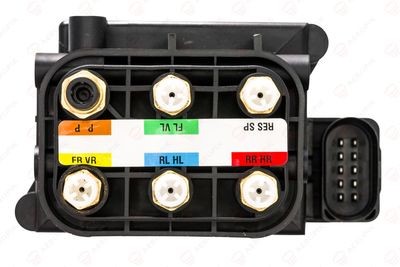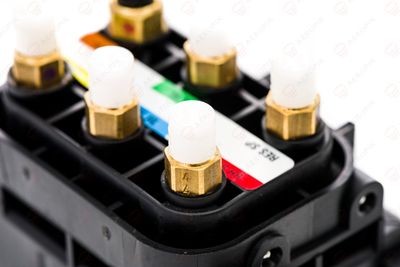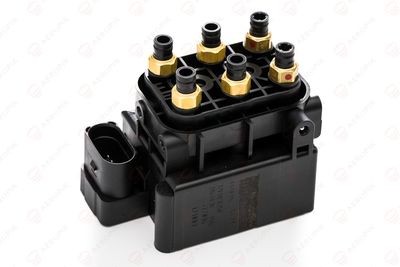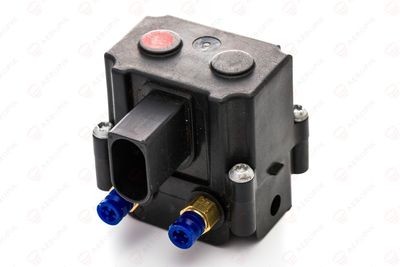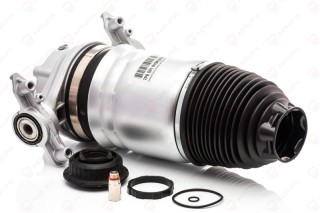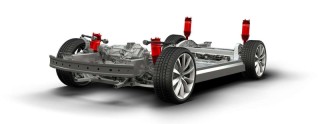Valve block
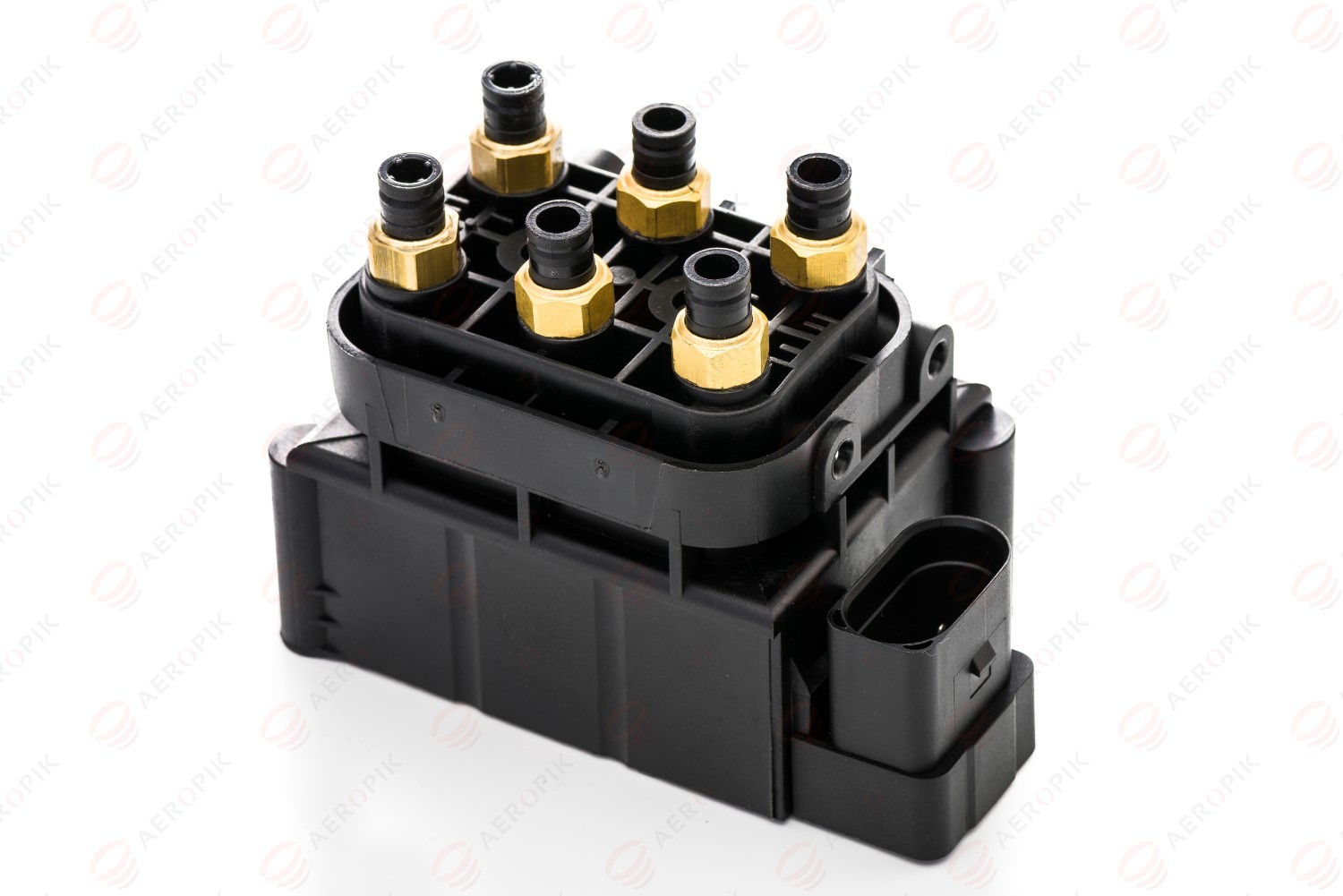
Valve block - symptoms of defect and diagnosis
The valve block is a small but important component of the air suspension system. Therefore, it should not be neglected in diagnosing possible systemic problems. Symptoms that appear to indicate air leakage through the airbag can also be a problem in the valve block. Let's start by explaining the general function of the part before diving deeper.
Valve block - principle of operation
The valve block takes care of the distribution of compressed air. The valve block for a 4-angle air suspension system with pressure tank contains a total of 6 air connections: one for the air compressor, four for the airbags and one for the pressure tank. To avoid mistakes when installing a new valve block, all connections are color coded.
The six solenoid valves inside the valve block are activated by the ECU (electronic control unit). A common misconception is that airbags are always powered directly by activating the airbag compressor. In most cases, the airbags are filled through the pressure tank. The airbag compressor compresses the air in the tank to 15 - 16 bar. This compressed air in the tank is used for controlled pressure increase and as a buffer. The overall goal is to use compressed air as efficiently as possible so that the compressor runs as little as possible. This prevents it from overheating and maintains low energy consumption.
Valve block - symptoms of defect and diagnosis
Over time, the solenoid valves in the valve block may become sticky or blocked by small particles that circulate through the system during operation. For example, when an old compressor fails, the valve block can also be damaged. Due to overheating, small metal particles can block the solenoid valves and disrupt the air distribution. Symptom: The vehicle is lower than one or more sides. This symptom can also occur when there is a leak in the airbag. Fortunately, the real cause can be easily identified by changing the position of the respective air duct in the valve block. If the problem is in the valve block, the car will fall on the other side. If the problem remains on the same side, it is really an air leak through the air spring.
The valve block is also involved in releasing excessive air pressure. If necessary, the solenoid valve to the air compressor opens to release the pressure. Thus, in the event that the vehicle remains "locked" at a certain driving height, first check the operation of the compressor pressure relief valve in question before diagnosing a defective valve block.
If the air compressor is no longer working, the usual suspect is often the compressor itself or a defective relay. But it could just be the valve block. The air suspension pressure sensor is located inside the valve block, not in the compressor. If this sensor no longer works properly, the compressor activation signal remains switched off and the pressure no longer accumulates.
If the dehydrator no longer has the capacity to keep moisture out of the system, the valve block may corrode internally. In addition, when the outside temperature drops below zero degrees Celsius, moisture inside the valve block as well as in the compressor can freeze, causing them to stop working.
The last thing to keep in mind is that usually the overhead line from the air compressor to the valve block is depressurized if the compressor is not running. This is done so that the compressor can start easily. If, for one of the above reasons, this overhead line remains under pressure, much more heat accumulates each time the compressor is activated. This can cause the compressor to burn out. Although small, this important component of the air suspension system deserves some attention - especially after replacing the compressor.

